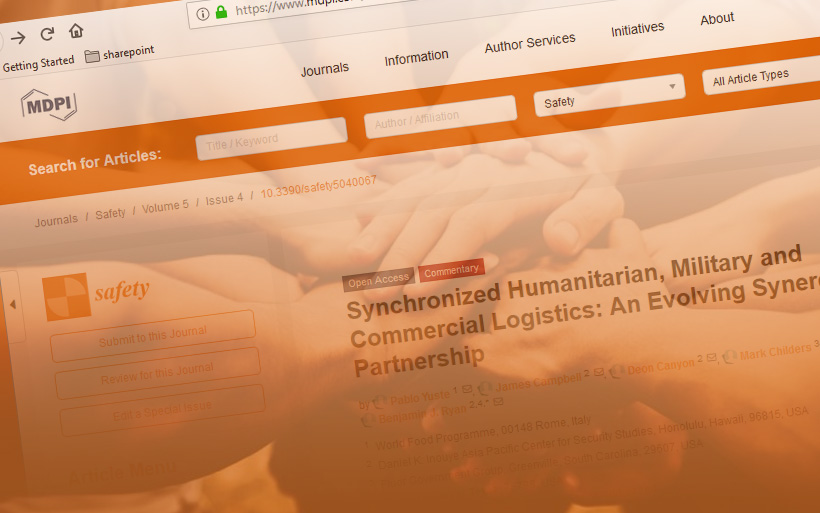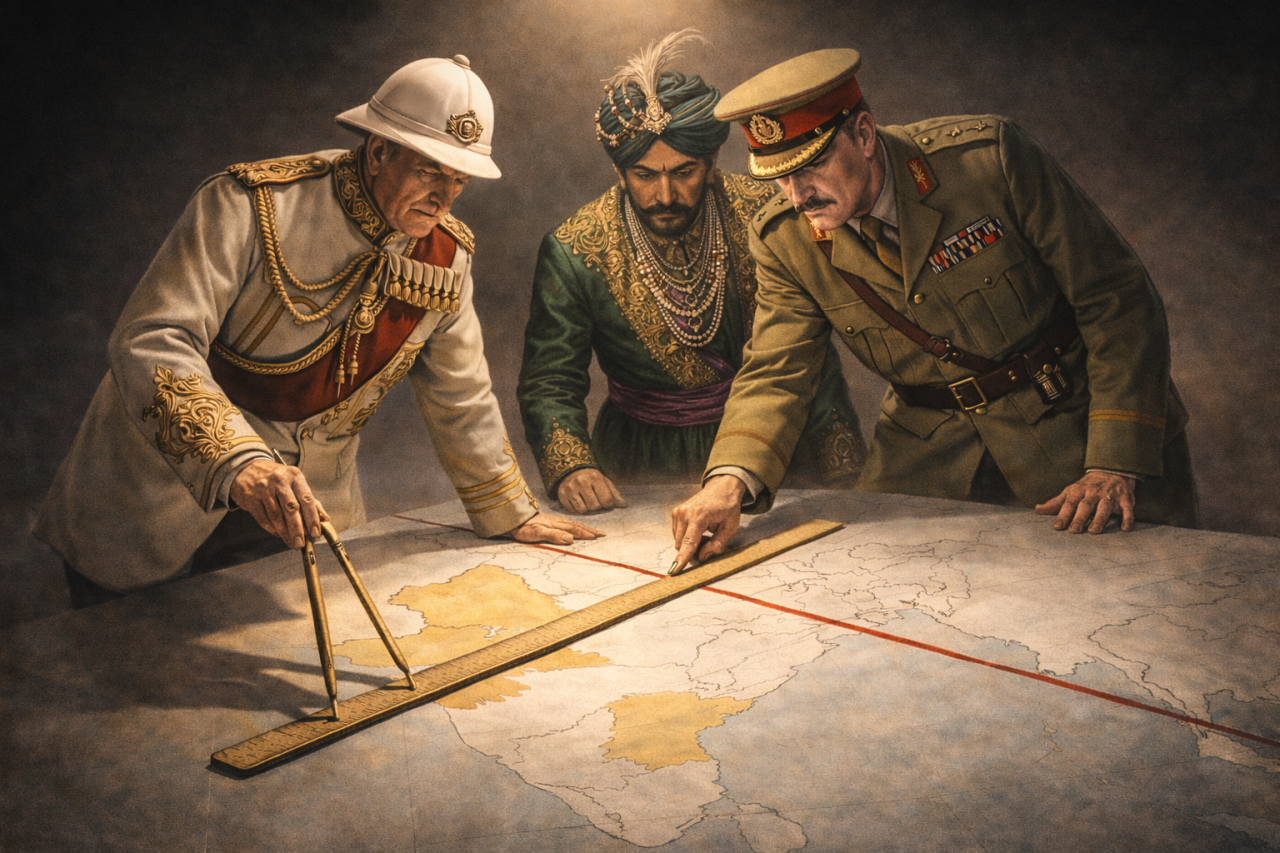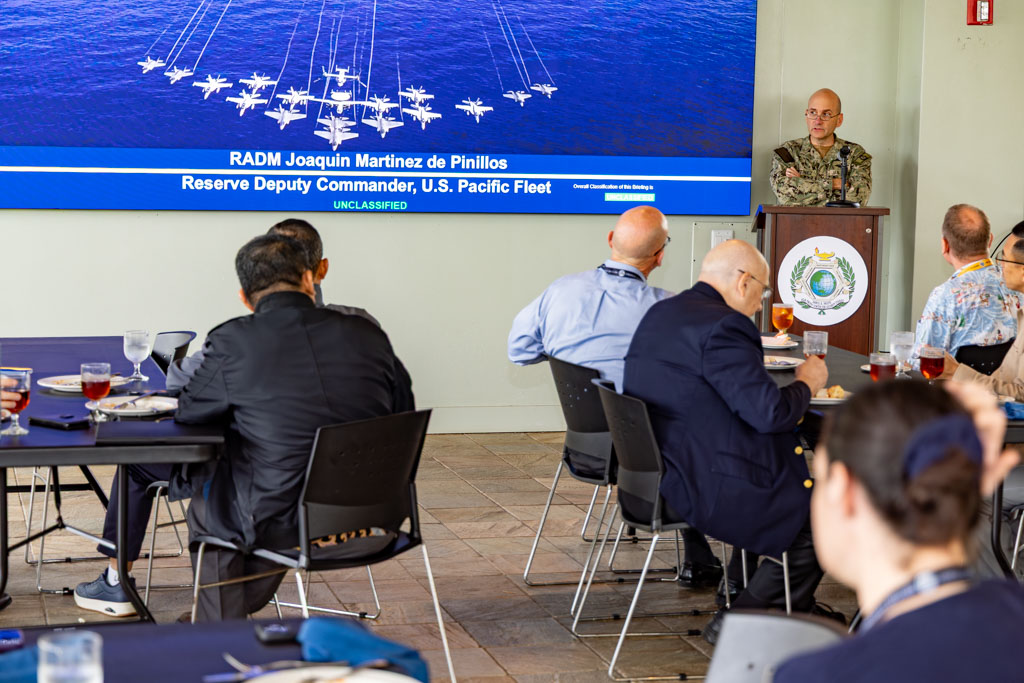Several DKI APCS faculty members, past and present, have co-authored a paper entitled: “Synchronized Humanitarian, Military and Commercial Logistics: An Evolving Synergistic Partnership.”
The paper was published on October 5, 2019, by the international journal Safety, and is authored by Pablo Yuste, James Campbell, Deon Canyon, Mark Childers, and Benjamin Ryan.
“The military plays a growing role in supplementing and even leading humanitarian assistance and disaster relief logistics,” say the authors. “However, issues relating to military involvement such as sovereignty and cost have refocused the conversation onto capabilities and capacities of commercial logistics providers, who have not been fully engaged and integrated into disaster preparedness, response, and recovery activities.”
Below is an abstract of their paper:
“The increasing complexity and often transboundary scope of complex emergencies are exceeding the capacity of humanitarian logistics systems. The military plays a growing role in supplementing and even leading humanitarian assistance and disaster relief logistics. However, issues relating to military involvement such as sovereignty and cost have refocused the conversation onto capabilities and capacities of commercial logistics providers, who have not been fully engaged and integrated into disaster preparedness, response, and recovery activities. The commercial sector is part of the larger supply chain management system that includes contracting, procurement, storage, and transportation of food, water, medicine, and other supplies, as well as human resources, and necessary machinery and equipment. Military and commercial logistics share many of these elements and tasks daily. The most effective and efficient response combines key elements from humanitarian, military, and commercial logistics systems. Such trilateral cooperation represents the next step in an evolving partnership paradigm that is truly synergistic. We present a Synchronized Disaster Relief Model, as well as multiple examples of how military, commercial, and humanitarian supply chains each bring unique capabilities to disaster relief operations, and how these three supply chains can complement each other in a synergistic manner, through synchronized action.”
You can read the full article online at this link: https://www.mdpi.com/2313-576X/5/4/67
The views expressed in the article are those of the authors and do not necessarily reflect those of DKI APCSS, the Department of Defense, or the U.S. Government.











Leave A Comment